The Beauty and Formation of Nature Reflections.
There’s something mesmerizing about reflections in nature—how the serene surface of a lake can perfectly mirror the sky above, or how sunlight dances off ripples in a pond, creating an almost magical doubling of reality. These reflections stir a sense of wonder, as they seem to invite us to see the world twice: once through direct observation and once through the quiet, inverted image in the water. This phenomenon, while scientifically explainable, holds an artistic and poetic allure that speaks to the very core of human experience.
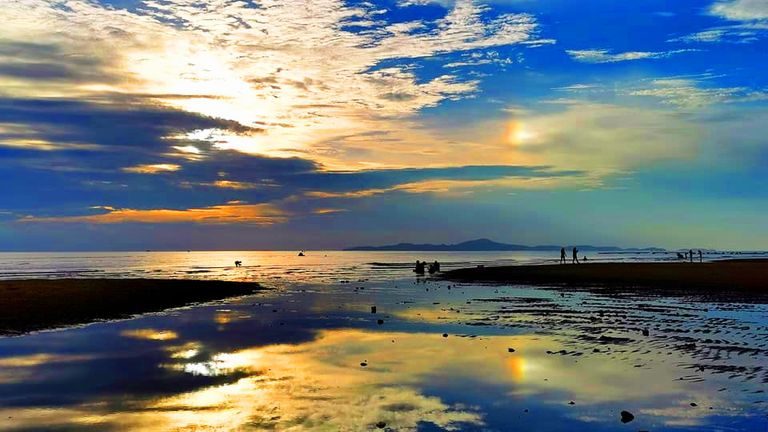
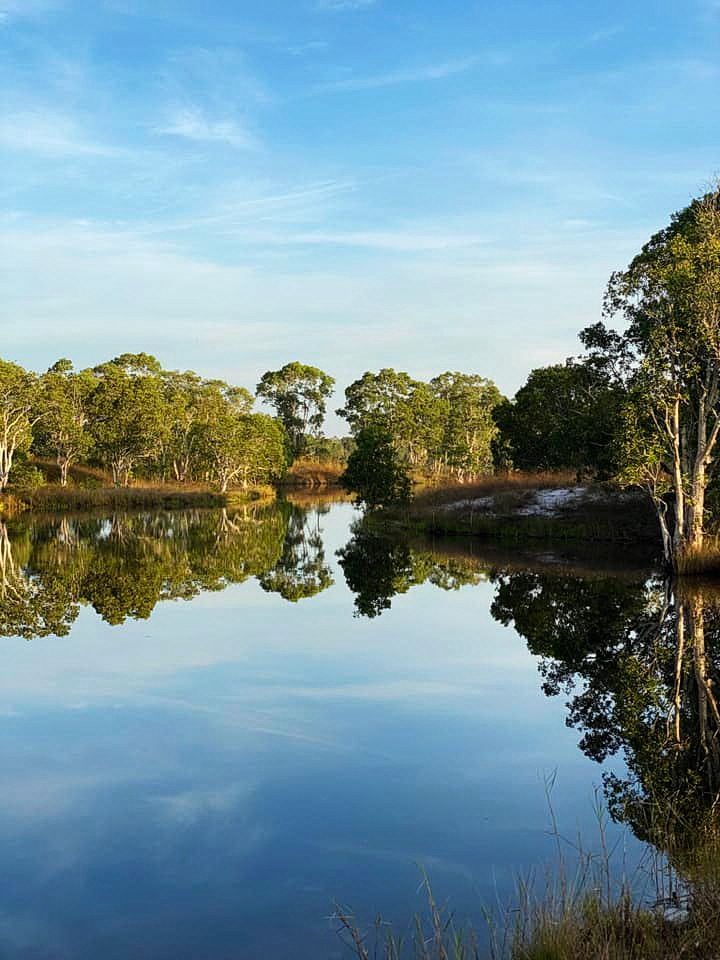

The Formation of Reflections in Nature
The science behind reflections is grounded in the basic principles of physics, specifically the way light behaves when it encounters a surface. When light from the sun or other sources hits an object, it is either absorbed, transmitted, or reflected. Water, especially when calm and still, is a nearly perfect reflector of light due to its smooth surface. When sunlight or other forms of light hit this surface at certain angles, the light is reflected back, forming an image of the environment above or around it.
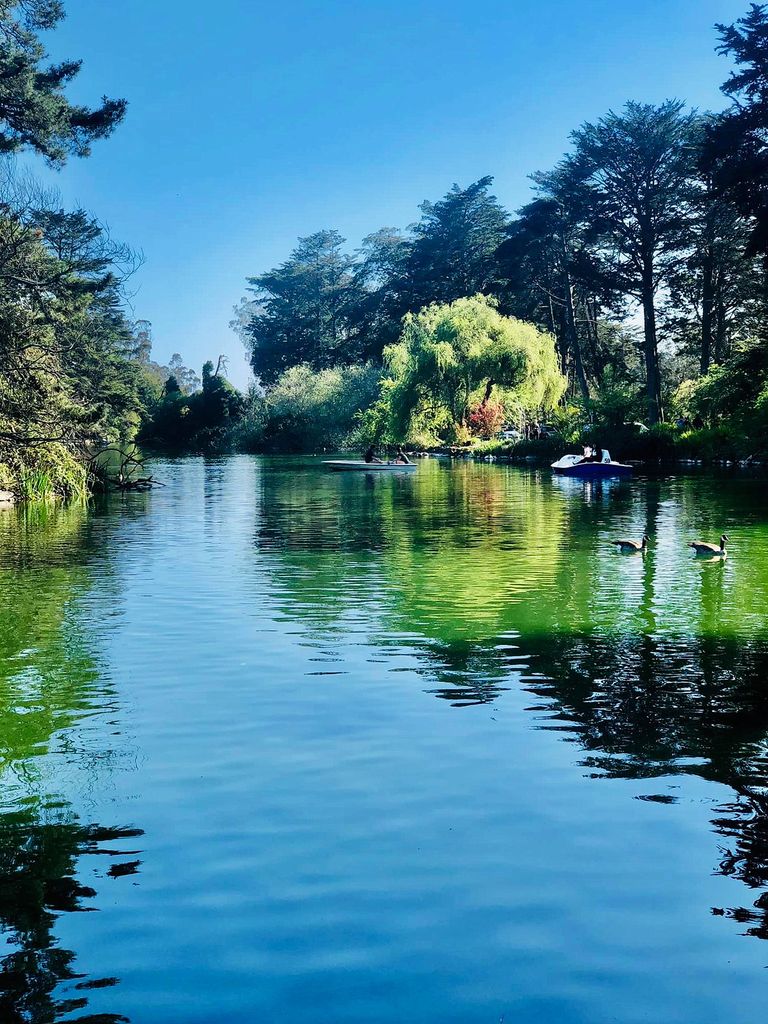
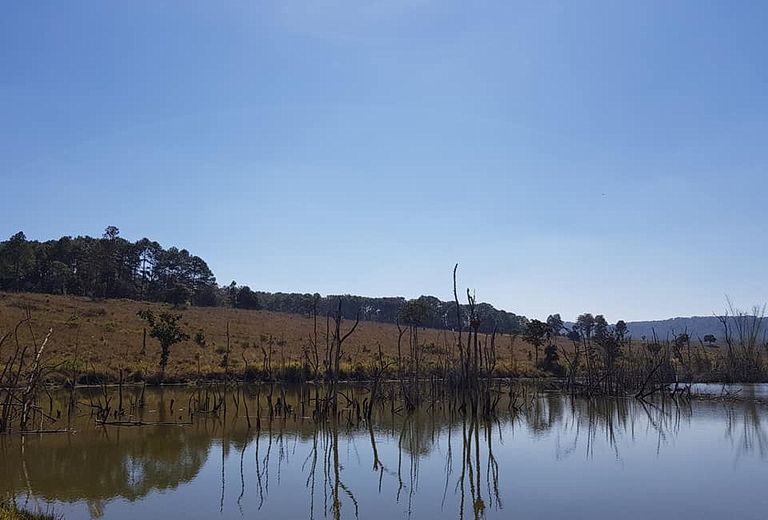
Reflections appear clearest when the water is undisturbed, allowing the light rays to bounce back without interference. In such moments, the surface acts like a natural mirror, duplicating the sky, trees, or mountains with breathtaking precision. The colors often seem deeper, more saturated, as if nature's palette is both intensified and softened by the interaction of light and water.
The calmness of water plays a crucial role here. A slight disturbance—like a breeze or a passing fish—can shatter the reflection, creating ripples that distort the image. This distortion, though, can also produce its own beauty. The interaction between light and movement adds a dynamic element to reflections, as the mirrored landscape begins to dance and shift with the waves.
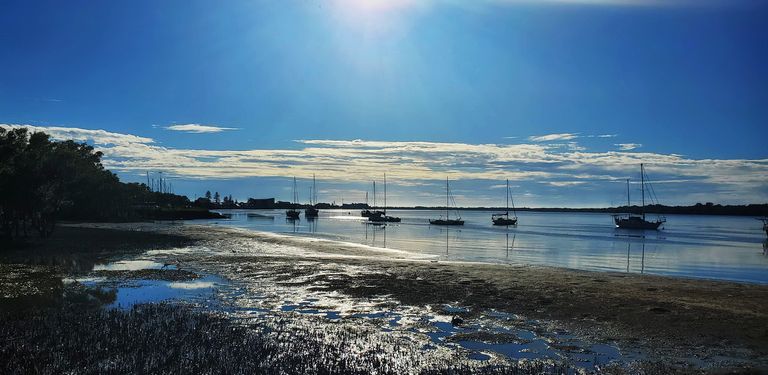


The Beauty of Reflections in Nature
Reflections offer more than just a literal doubling of the scenery. They add layers of symbolism and meaning, transforming a simple landscape into a scene filled with depth. Seeing a mountain range or a forest reflected in a still lake evokes a sense of harmony and balance. The perfect symmetry can feel like nature’s way of offering a moment of clarity, inviting contemplation and calm. It reminds us of the interconnectedness of the world—what is above and below, real and mirrored, all exist in a delicate balance.
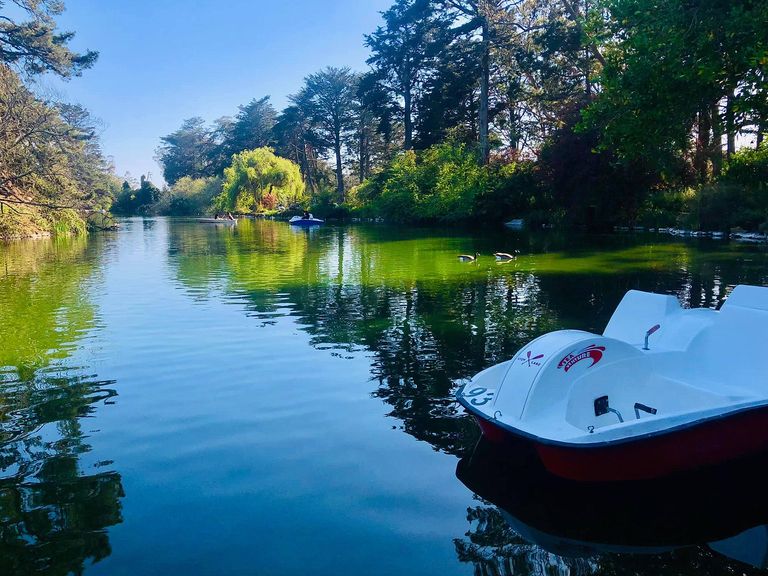
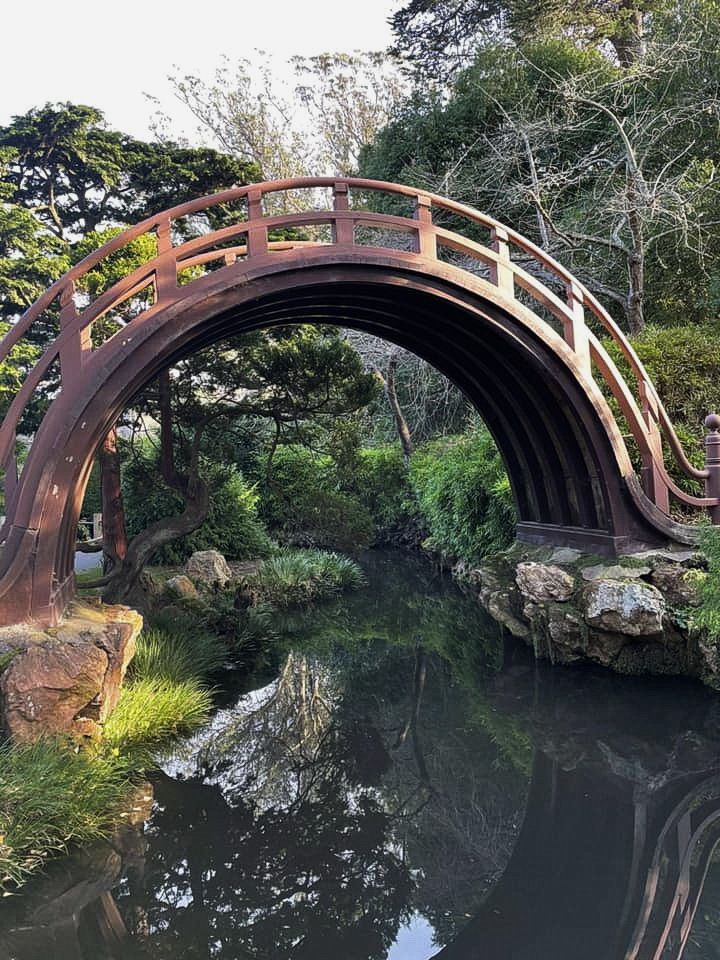
The beauty of nature’s reflections also lies in their impermanence. They are fleeting and ephemeral, relying on the right conditions of light, calm, and perspective. At dawn and dusk, the reflections can appear particularly magical, as the soft, golden light transforms both the sky and the water into a painterly masterpiece. The clouds, tinged with shades of pink, orange, and violet, cast their hues on the water, making it seem like the earth and sky are blending into one.
Nature reflections often stir a meditative quality, encouraging us to pause and take in the moment. In a world where so much is fast-paced and fleeting, reflections slow time down, allowing us to see life with renewed clarity. The doubled image, slightly softened and distant, makes the familiar seem unfamiliar, like seeing the world through a fresh lens. It allows us to appreciate not only the beauty of the landscape but also the phenomenon itself—how light, water, and perspective converge to create something so ethereal.
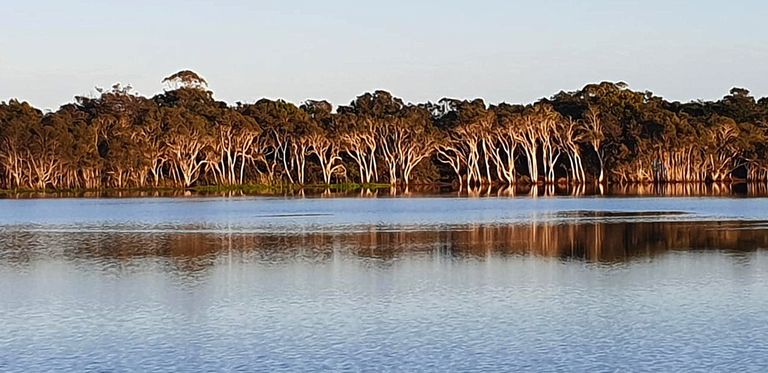
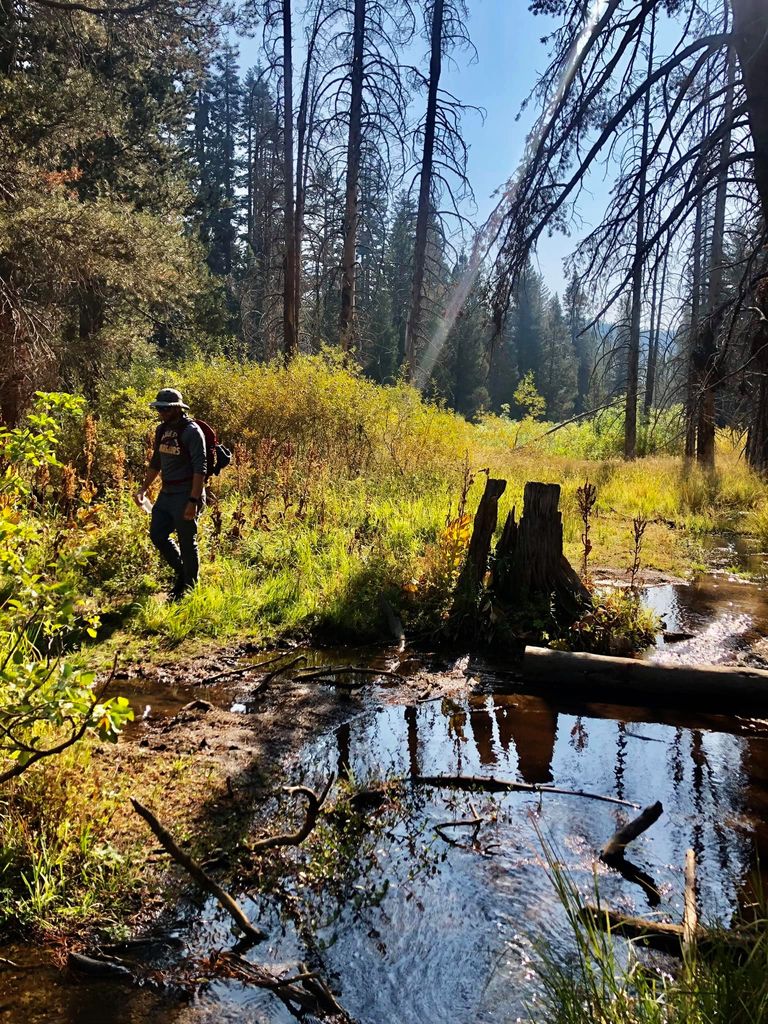
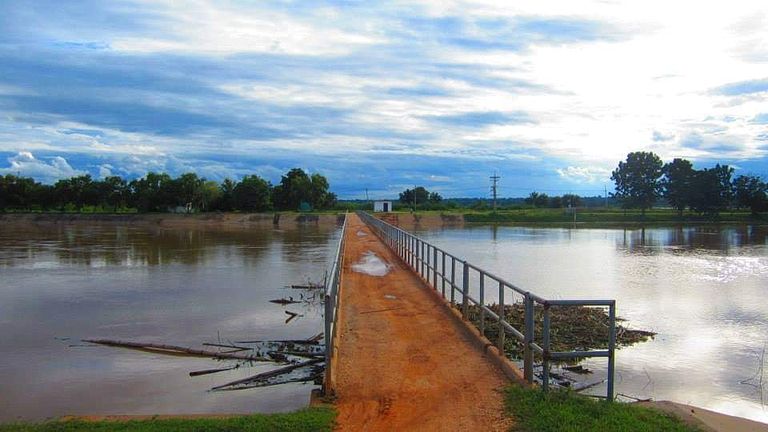
The Significance of Reflections in Art and Life
Throughout history, artists, writers, and photographers have been captivated by reflections in nature. They have become metaphors for self-examination, illusion, and reality. Just as a lake mirrors the world around it, reflections in art often symbolize the human soul and our quest for understanding. The clarity or distortion of a reflection can be used to represent a character’s inner turmoil or peace, the difference between reality and perception.
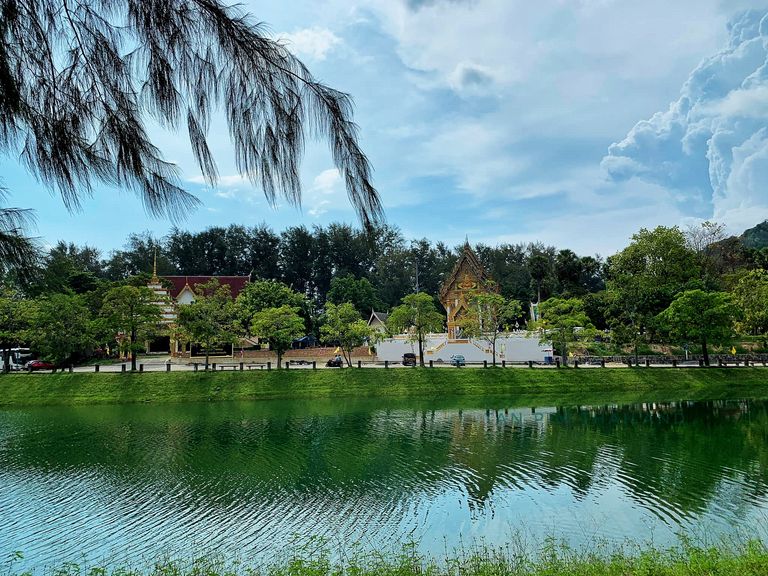
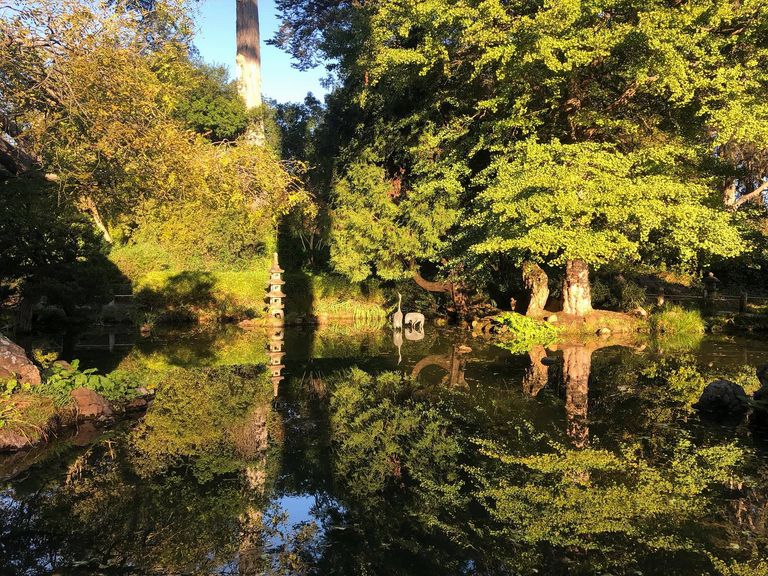
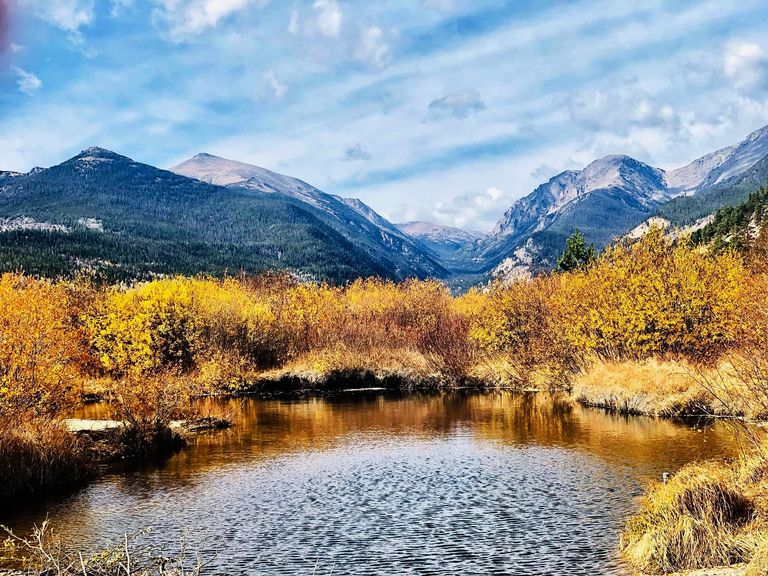
In the context of photography, capturing reflections in nature requires patience, timing, and a sharp eye for composition. The photographer must wait for the perfect combination of light, stillness, and subject. The result, however, can be extraordinary—a moment frozen in time where nature seems to pause and admire itself.
In life, reflections are equally meaningful. They serve as reminders to look inward, to reflect on our own actions, thoughts, and experiences. Just as a pond’s surface reveals a beautiful, yet temporary, reflection of the sky, our moments of self-reflection can bring fleeting insights into our lives, offering clarity before the waves of daily life distort our thoughts once more.
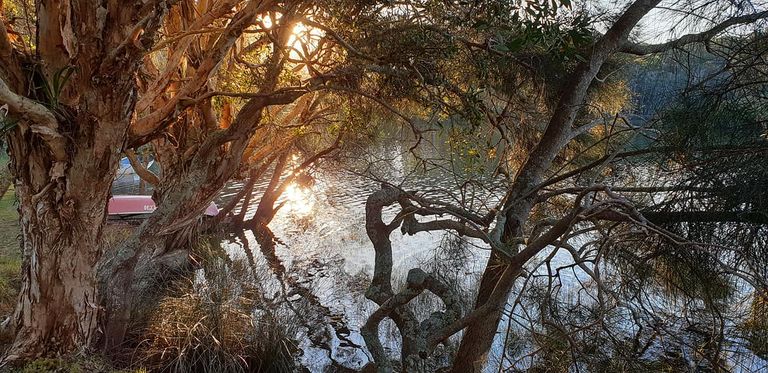
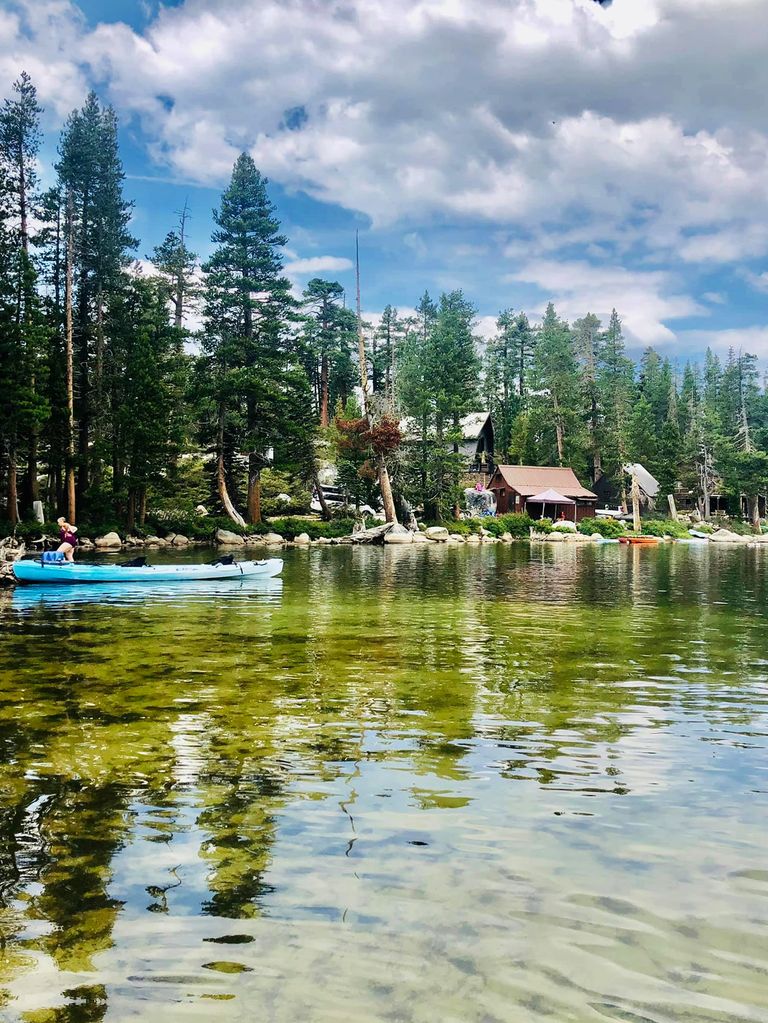

Conclusion
Nature’s reflections are more than just physical phenomena; they are profound expressions of the world’s beauty and balance. Formed by the simple interaction of light, water, and perspective, they offer us a window into a quieter, more peaceful side of nature. Whether perfectly still or rippling with movement, these reflections remind us to pause, observe, and reflect—both on the world around us and within ourselves. The beauty of a reflection lies not just in what is seen but in how it makes us feel, offering a moment of peace and contemplation in an often chaotic world.
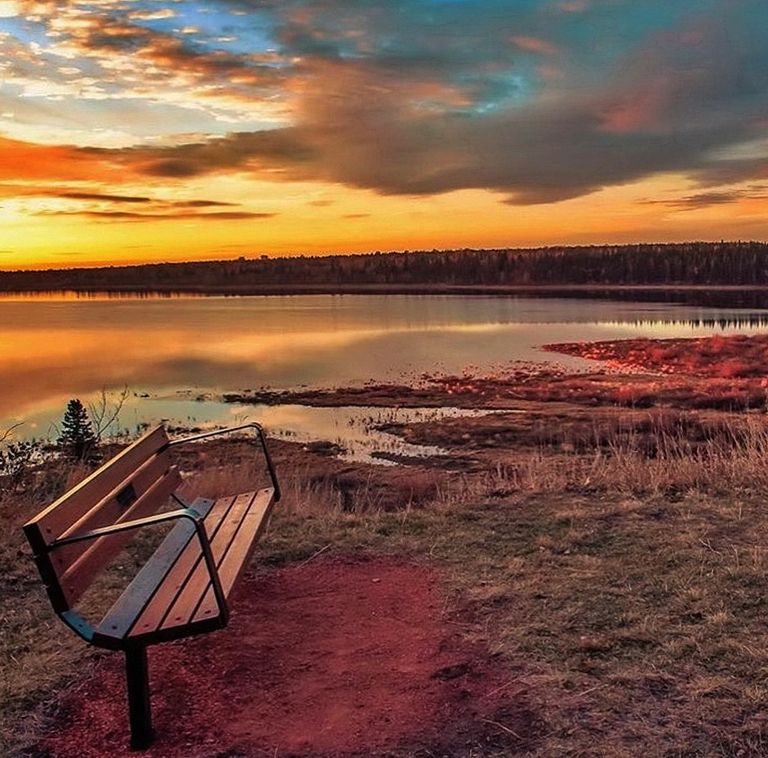

fonte: https://blurt.blog/blurt-192372/@hangin/the-beauty-and-formation-of-nature-reflections-1726658195097
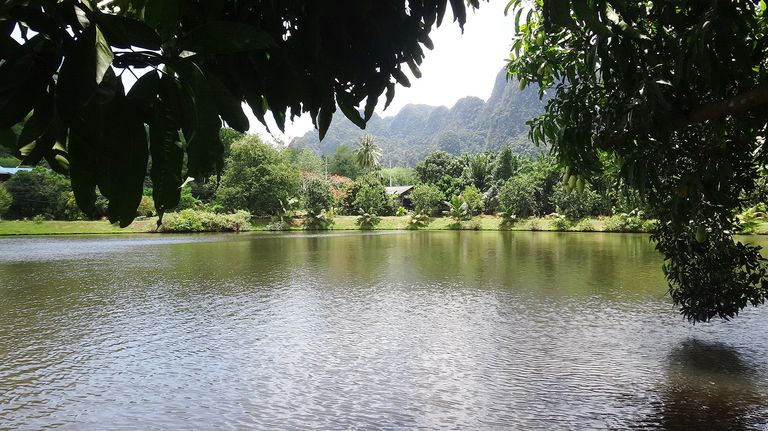



Comments
Post a Comment